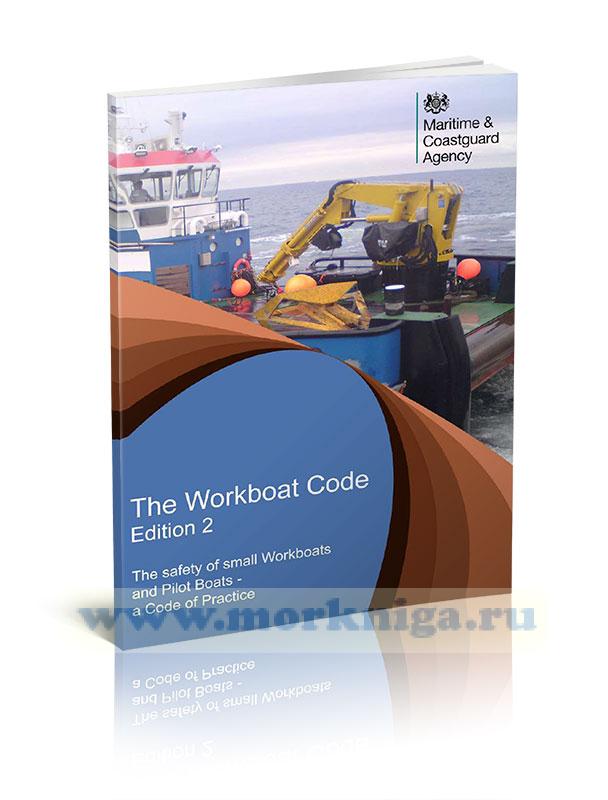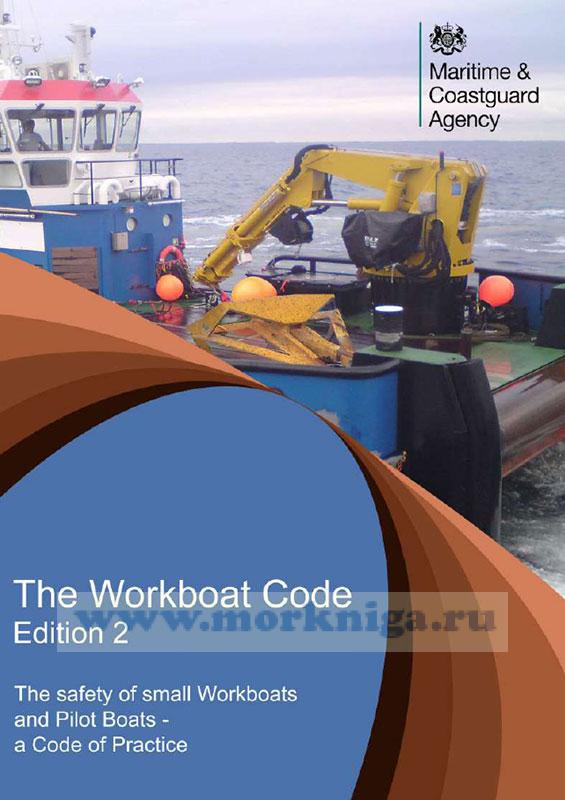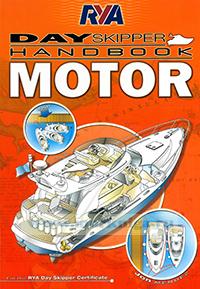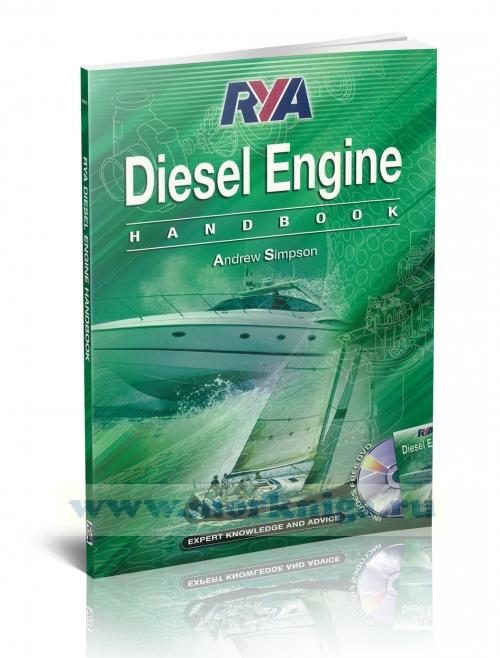Сб с 10 до 16
The Workboat Code. Edition 2. The safety of small Workboats and Pilot Boats – a Code of Practice/Кодекс рабочей лодки. Выпуск 2. Безопасность малых рабочих лодок и лоцманских катеров - Свод практических правил
Издание на английском языке
This Code applies to small workboats that operate to sea, and to pilot boats of any size operating either at sea or in categorised (i.e. inland) waters. It applies to such vessels that are United Kingdom (UK) vessels wherever they may be, and to non-United Kingdom vessels in UK waters or operating from UK ports.
The Code applies to such vessels in commercial use, other than when in use for recreational, sport or pleasure use, for which there are more appropriate codes.
The Code is enabled and underpinned through Statutory Instrument by Regulation 3(1) of the Merchant Shipping (Small Workboats and Pilot Boats) Regulations 1998, SI 1998 No. 1609, as amended (“the enabling Regulations”). It is therefore applied as an equivalent standard to full compliance with Merchant Shipping regulations covering Load Line and other safety and operational matters, and operators have the right to comply – in full – with those other standards instead of this Code. However the National Workboat Association and other representatives on the Industry Working Group that developed this Code consider that it will be easier to apply and understand a Code of Practice than the many separate regulations that would otherwise have to be consulted and complied with. Vessels that comply with the Code may additionally be issued with a UK Load Line Certificate.
This second edition of the Code amends the original Code, “The Safety of Small Workboats and Pilot Boats – A Code of Practice” introduced in 1998, and applies to small workboats and pilot boats, the keels of which are laid, or are at a similar stage of construction, on or after 31 December 2018. This is defined in the Merchant Shipping Notice issued in accordance with the regulation 3(1) of the enabling regulations. From that date, this code supersedes the original Code, and also the use of Marine Guidance Note MGN 280(M)1 “Small Commercial Vessels and Pilot Boat Code of Practice” for small workboats and pilot boats and the Workboat Code Industry Working Group Technical Standard published in June 2014.
Contents
1 Foreword
2 Definitions
3 Application and Interpretation
4 Construction and Structural Strength
5 Weathertight Integrity
6 Water Freeing Arrangements
7 Machinery
8 Electrical Arrangements
9 Steering Gear, Rudder and Propeller Systems
10 Bilge Pumping
11 Stability
12 Freeboard and Freeboard Marking
13 Life-Saving Appliances
14 Fire Safety
15 Fire Appliances
16 Radiocommunications Equipment
17 Navigation Lights, Shapes and Sound Signals
18 Navigational Equipment
19 Miscellaneous Equipment
20 Anchors and Cables
21 Accommodation and Recreational Facilities (not MLC Compliant)
21A Accommodation and Recreational Facilities (MLC Compliant <200GT)
21B Accommodation and Recreational Facilities (MLC Compliant over 200GT - less than 500GT)
22 Protection of Personnel
23 Medical Care
24 Tenders and Daughter Craft
25 Requirements Specific to the Use of the Vessel
26 Manning
27 Procedures, Certification, Examination, Maintenance and Reporting of Accidents
28 Prevention of Pollution
29 Carriage and Transfer of Cargoes (including Dangerous Goods)
30 Safety Management
Appendix 1 GMDSS Sea Areas around the UK
Appendix 2 Maritime Labour Convention, 2006 Seafarer Employment Agreement
Appendix 3 The Manning of Small Vessels
Appendix 4 Alternative Safety Standards for vessels operating in protected waters
Appendix 5A Liquid Petroleum Gas installation for domestic marine use
Appendix 5B Information for Fired Heating Appliances
Appendix 6 Marine Pollution Prevention Information
Appendix 7 Safety Management System
Appendix 8 Alternative Compliance Standards for RIBs And Open Boats Wishing To Operate Outside The Hours Of Daylight Within Area Category 3 Or 5
Appendix 9 Fire Test for FRP
Appendix 10 Ignitability Test for combustible material
Appendix 11 Stability Information Booklet Contents
Appendix 12 Use of ISO "First of Type" Righting Movement Curve
Appendix 13 Standards Appendix
Appendix 14 Merchant Shipping Regulations that apply to Small Workboats and Pilot Boats
Appendix 15 Sample Certificates
Appendix 16 Saving And Transitional Arrangements For Existing Vessels


 Day Skipper Handbook - for Motor Cruisers
Day Skipper Handbook - for Motor Cruisers  RYA Diesel Engine Handbook Руководство по яхтенным дизельным двигателям. На английском языке
RYA Diesel Engine Handbook Руководство по яхтенным дизельным двигателям. На английском языке